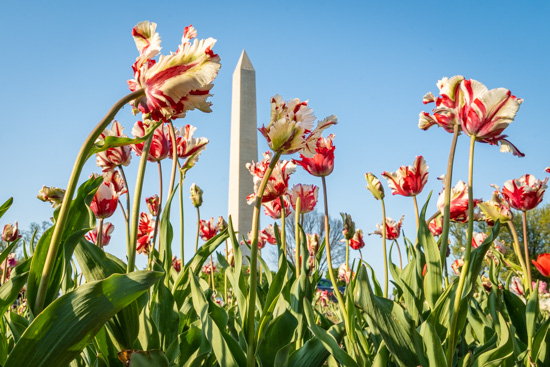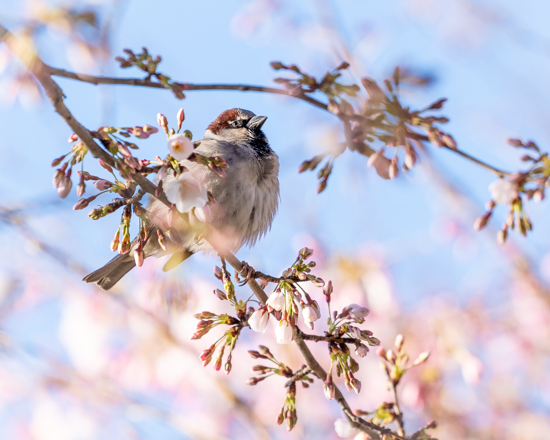Composition and Visual Storytelling
March 30, 2023 by Marie Joabar
 Composition can be challenging for many. For others, it comes naturally and “seeing” strong compositions comes easy. Some call that having a 'good eye'.
Composition can be challenging for many. For others, it comes naturally and “seeing” strong compositions comes easy. Some call that having a 'good eye'.
If you fall in the first category and don’t think you have a good eye, don’t be discouraged, composition can be learned. By studying the subject, spending time looking at other's images and practice, you can and will improve.
One statement I try to keep in mind when I’m photographing is from one of our instructors, Michael Koren. “The composition of a photograph is the single most important element a photographer uses to convey an artistic statement. What’s included, excluded and the arrangement of elements within the frame is all part of composition.”
 We as the photographer are responsible for everything in our frame.
We as the photographer are responsible for everything in our frame.
When I see an interesting subject, instead of just picking up my camera to photograph it I try to identify what excited me about it in the first place. What made me stop to look at it? Was it the color, the light, the shadow, the texture, the uniqueness, etc. That becomes my story and gives me the reason to capture it. I then consider how to arrange the elements or “compose” it in an interesting way.
I think about what I want to convey and then how. For this to work, I have to slow my mind down and have more patience. I'll look at the subject, the light, the background, I'll move around to find the best angle, I'll look for anything that might get in the way or be distracting. Then I can finally see my shot and that’s when I pick up my camera and try to capture it.
Don’t Look For An Image, Look For A Story To Make Into An Image.
Take your time, look around and ‘see’ before you shoot. Find the gem among the clutter.
Try it yourself, each time you pick up your camera to photograph, try asking yourself, “What made me stop, what excited me about this subject, why am I photographing it and what story am I telling?” Then build your composition around that story.
 Telling Stories -The WHY
Telling Stories -The WHY
Story ideas;
- How light is the hitting subject
- Repeating patterns
- Mix of opposites; light and dark, smooth and sharp, straight and round, etc.
- Mystery thru light and shadows
- The beautiful venue or the environs
- People enjoying the environs
Once You Know WHY You Are Photographing Something;
- What is the primary subject in your photo?
- Walk around and find the best angle for the shot.
- Can it be captured at a diagonal? Diagonals show more movement and might be more compelling than straight on.
- Look at the background and place yourself (or camera) accordingly.
- Can you isolate your subject? Do you need or want to isolate it?
- Do you have enough depth of field for your story?
 General Tips;
General Tips;
- Uneven numbers work well, frame 3 or 5 subjects instead of 2 or 4.
- Be aware of the Rule of Thirds to help avoid the bullseye shots.
- Repeating patterns are fun to capture as are converging patterns.
- Look for light and shadows for shape and form.
- Look for textures, usually more visible with the help of shadows.
- Look for lines to lead your viewer to the subject; pathways, fence lines, natural landscape elements, etc.
- Capture both horizontals and verticals.
- For an interesting perspective, consider getting low to the ground to frame your subject.
Watch For Distractions
- Bright highlights in the corners
- A pop of color that competes with your main subject
- Crooked lines, buildings, or horizons
- Check all 4 corners of your frame
If you're struggling with your compositions or just want to get stronger with them, check out these classes to help.
- Join Instructor Michael Koren at our 4/1 class COMPOSITION FIELD SHOOT AT BALTIMORE HARBOR AREA
- Join us at any of our In-The-Field-Shooting classes and we'll be offering composition tips as we photograph.
